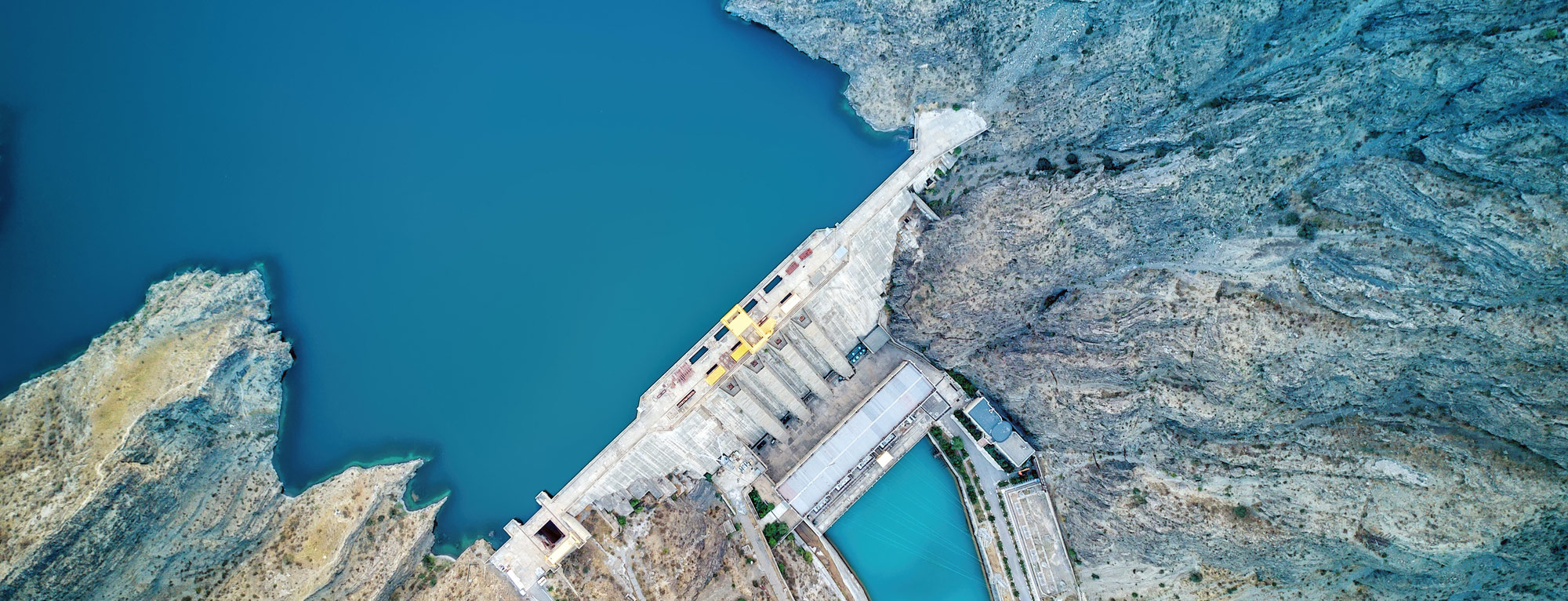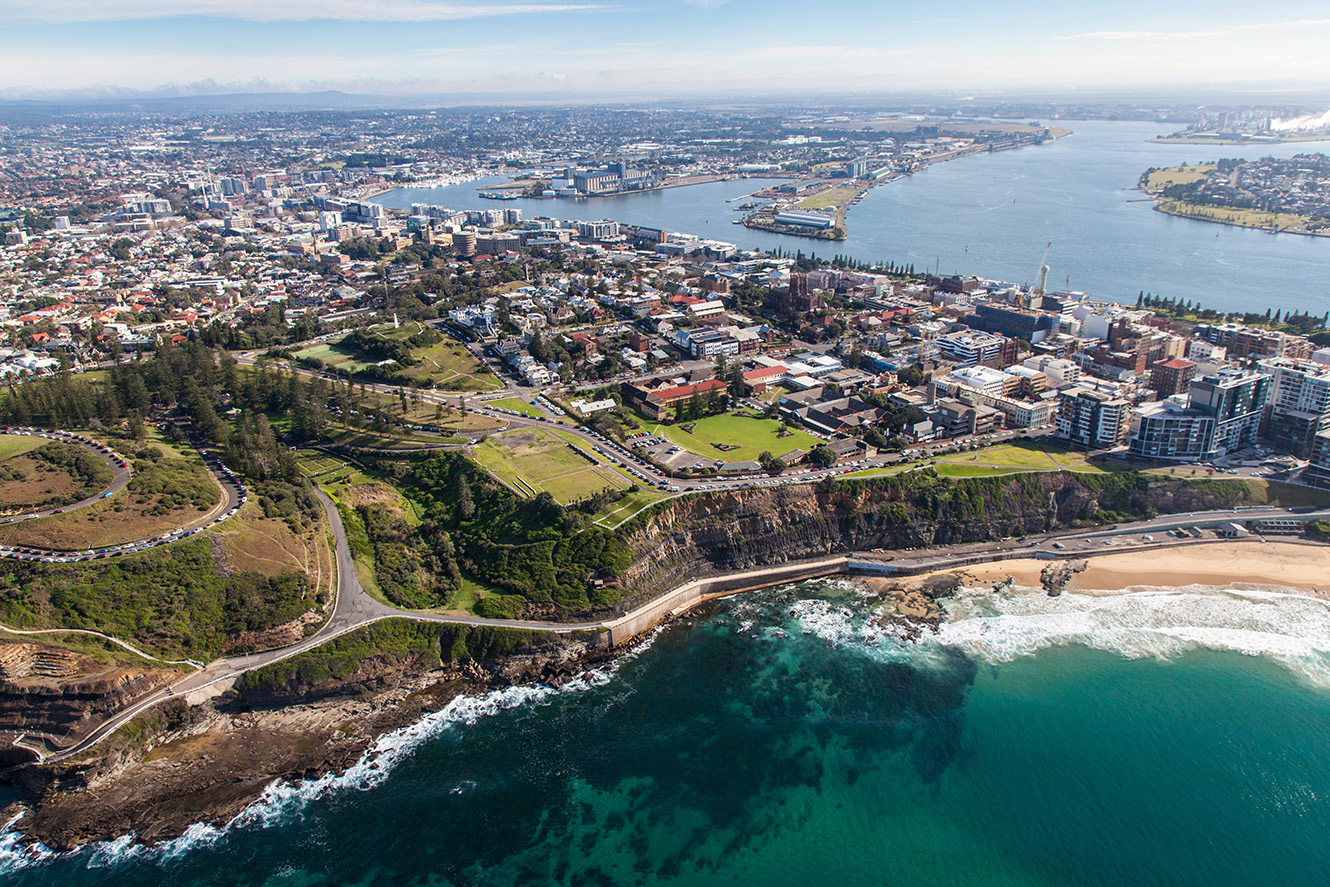
 Physical or chemical solutions
Physical or chemical solutions
The future effects of climate change on water resources in the world will depend on trends in both climatic and non-climatic factors. Evaluating these impacts is challenging because water availability, quality and stream flow are sensitive to changes in temperature, precipitation and evaporation. While changes in temperature and precipitation will depend on multi-discipline global actions, from the dam industry side I expect that physical or chemical solutions will be found to prevent evaporation of large area reservoirs, making future large-scale projects more attractive.
Hybrid wind and hydropower
One of the biggest challenges wind farms face today is how to generate power when there’s no wind. I believe that the existing concept of hybrid wind and hydropower will be widely implemented over the next 70 years. Wind power is used to pump water into pumped storage reservoirs, from where water is released to generate electricity. To function, the wind-hydro plant must be located on a hill. Water will flow down the hill to generate hydroelectricity, and it will be pumped back up the hill when energy is not needed. This enables the wind-hydro plant to continually produce power.
Decommissioning of dams due to fish migration
Dams may impact fish populations. Migrations and other fish movements may be stopped or delayed, and the quality, quantity and accessibility of their habitat, which plays an important role in population sustainability, could be affected too. Whist dam decommissioning in might not be a trend in Australia, in many other developed countries there could be more appetite for it triggered by environmental factors such as fish migration, particularly in areas where water supply and energy can be replaced with desalination plants and other renewable energy sources.
Related
insights
 Australia’s land is ready for a revolution Part 2
Australia’s land is ready for a revolution Part 2
In Australia’s land is ready for a revolution – Part 1, I discussed the opportunities for industrial transformation in Australian regional centres and how these changes could take shape. In Part 2, I look more closely at key considerations for the redevelopment of land.
 Energising a nation’s capital: Canberra Light Rail
Energising a nation’s capital: Canberra Light Rail
It was an exciting Saturday in April 2019 as the Canberra Light Rail, after more than a decade in planning and construction, opened its doors to the public. It’s the first light rail system for Australia’s capital and a key element of the Australian Capital Territory (ACT)’s Government’s Canberra Plan, a strategic guide to the city’s future growth.





